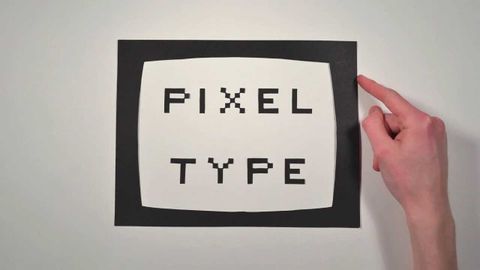
字幕と単語
タイポグラフィの歴史 - アニメーションショート (The History of Typography - Animated Short)
00
Vicky が 2021 年 01 月 14 日 に投稿保存
動画の中の単語
call
US /kɔl/
・
UK /kɔ:l/
- n.要求;(動物の)鳴き声;予想;ちょっと訪れること;審判の判定
- v.t./i.(仕事などを引き受けるよう人に)命じる : 要求する;立ち寄る:訪問する;電話する;大声で呼ぶ : 大声で叫ぶ
- v.i.(動物の)鳴き声
- v.t.発表する : 知らせる;判定する;名づける;予想する
A1 初級
もっと見る エネルギーを使用
すべての単語を解除
発音・解説・フィルター機能を解除
